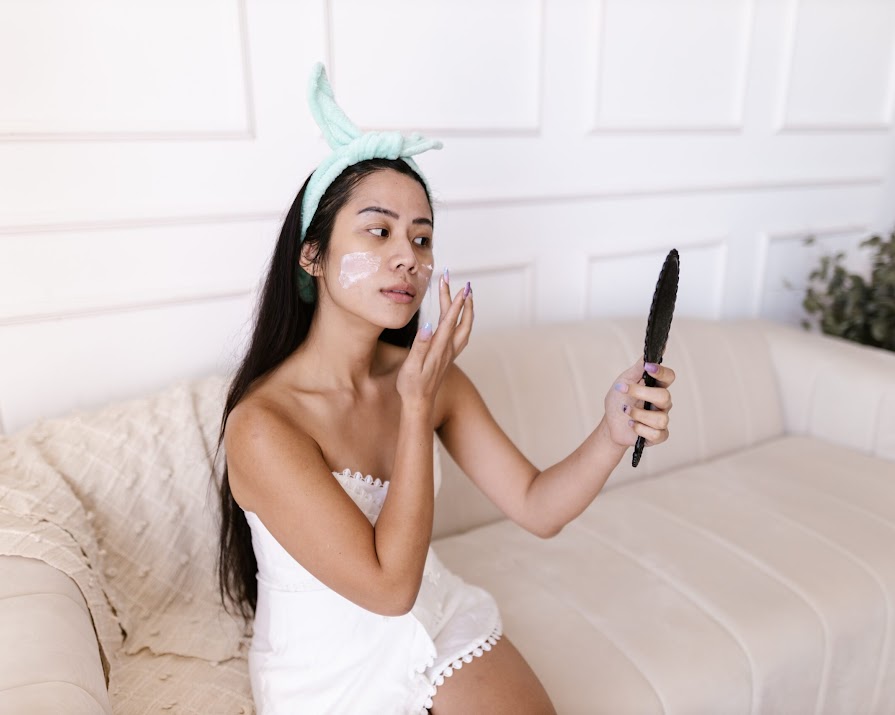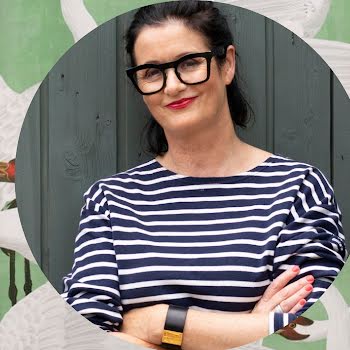
Less may be more when it comes to cosmetic enhancements, but we all know someone who's taken things a little too far. We ask the experts about what to expect at a consultation, and how to tell if someone has overdone certain enhancements
The seemingly ageless Jennifer Lopez has denied ever having had Botox. The singer and actress says during an interview that “I’m not that person. I don’t have anything against people doing that; it’s just not my thing.”
While the world collectively glared at her forehead enviously, those who swear by the injectable had a lot to say about it very much being “their thing.”
Everyone has a Botox story; from the friend who went for a facial and was told it was “too late” for Botox, or the pal who was told she should “definitely get it”.
Clinics too have their own stories: they describe situations with 25-year-olds turning up with pictures of Instagram stars and demanding “I want to look like this”.
Advertisement
It takes a brave and honourable clinic to tell someone, “You don’t need this.” But there is no doubt that cosmetic enhancements are on the rise.
Men now account for about 15% of those seeking Botox; couples are popping in for treatments together and we seem to finally be moving away from the trout pout procedures popular a few years ago.
But, there will always be some who overdo it.

And as we approach a busy time for aesthetic clinicians, we thought we’d ask if pointing out that someone has overdone certain enhancements is cruel or kind? Do we have to be cruel to be kind or is it just plain mean?
Some of those women we spoke to admitted they’d want to be told if their injectables had gone a little too far. However, the majority said they wouldn’t offer their opinion unless asked.
Advertisement
Our opinions panel didn’t hold back…
“The problem is that they are seeing things in the mirror that bother them that you don’t even notice and they think they look gorgeous. If they are happy with the work, I wouldn’t say it and burst their bubble! It may come across as judgy or jealous. I think women are hard enough on each other when it comes to looks. I wouldn’t comment unless asked, for either a sister or a friend. My sister might punch me!”
“I’d tell my sister once it had started to wear off a bit, otherwise I’d only remark on it if I was asked the question directly, and even at that it would be quite hard to be blunt.”
“I would hope if I started to look like a cat that a friend or family member would tell me. So yes, I’d definitely point out if someone was overdoing it.”
“Nope, never. To me, it’s not good manners to be that pass-remarkable. If they were overweight would I point that out too? I think live and let live and maybe someday they will realise how bad it really is. I can’t promise I wouldn’t talk about it behind their back though.”
“I know someone who had gone OTT and I told her gently. She really appreciated the feedback and admitted she thought the same. I think it is a mark of a good friend to be that honest.”
Advertisement
Responsibility
Ronan Butler has been involved in the aesthetics industry for almost a decade. He is currently the clinic director at Amara Clinic and worked for Allergan, the makers of Botox in Westport.
“I am passionate about trustworthy, honest and high-quality treatments in a market that is busy with people just looking to make a quick buck. There are three elements at play in most enhancement treatments. And each is equally important when seeking a natural result. Realistic patient expectations, the products being used and the skill, training and experience of the injector.”
Ronan explains why research is so important and what to look for if you choose to go down this route.
“The ability and experience of your injector is paramount so do your research. Like with any profession, not all doctors are of equal ability. More experienced doctors have seen more. If they’ve been attentive to their development then they will have trained more often and, importantly, they will be more thorough in their assessment and in command of your treatment.
“A good practitioner will always explain in full what they are doing and this should be explained in a context that is specific to your face.”
So what should you expect at your consultation?
Advertisement
It is exceptionally rare that one side of your face requires as much filling as the opposite side.
Tweakments
“You should be asked to make different faces and they should assess you from different angles, taking photos from those angles. You should hear things like, ‘The muscles over your left eye pull more heavily than those over the right, so I’ll alter the dose slightly to compensate for this’.”
The very best clinics are likely going to treat you conservatively the first time you visit them and get back for a review of your results in a couple of weeks. Here, minute ‘tweakments’ can be made to ensure evenness and longevity of results without compromising your natural look.
“This sophistication should avoid the uneven or frozen look,” assures Ronan. “And your friends should be looking at you wondering how you look so fresh and well.”
The same applies to filler. It is exceptionally rare that one side of your face requires as much filling as the opposite side.
“Most people sleep on a favourite side and if certain muscles on one side of the face are stronger, this will affect how lines and wrinkles form proportionally. It’s rarely as simple as splitting a syringe of filler equally between the two sides of the face, and even less likely in the lips. Your practitioner should be discussing the fat pads of the face, movement of muscles, bone structure and the proportion of distances between different parts of your face with you in your consultation.”

Advertisement
How much is too much?
We’ve all heard that less is more but when it comes to putting your looks in the hands of your doctor, it is important to start off slowly.
“It is generally always best to start slow, as you can always add more to a conservative treatment that didn’t quite get you where you wanted to be,” explains Ronan.
“It is much harder to remove product from an over-treated face — in the case of Botox you’re simply going to look like that for a few months. And again, I can’t reiterate enough, if you are not visiting a medical professional then you are taking a huge risk — always check your practitioner’s registration. Ask for their license number when making an appointment.”
Precision is critical when trying to achieve subtle, natural results that last.
And make sure the product used is of high quality. “The products really matter so know what’s being used and research it. Not all ‘Botoxes’ are the same.
“Botox is a brand name and it is the most studied of all the botulinum toxins licensed for use in Ireland. There are plenty of other cheaper botulinum toxins out there. While the core ingredient may be the same, there are differences in manufacturing which translate into differences in the way the product behaves when injected.
“Dilutions will also matter. Different products spread and when seeking to avoid an unnatural look, you don’t want much spread. Precision is critical when trying to achieve subtle, natural results that last.”
Advertisement
When it comes to filler, the difference in products is even greater. There are only a handful of FDA-approved ranges and products available and these have been clinically tested for safety and efficacy.
“There are some terrible fillers out there and they are readily accessible by non-medical professionals,” says Ronan. “The likelihood of experiencing unnatural or problematic results increases when using poorer quality products. At Amara, we are approached all the time by patients who have visited other venues and are deeply unsatisfied with their results. It’s scary how often these patients don’t know what product was used in their treatment.”
What’s wrong with your face?
Louise admits she got a little carried away when Botox first became popular. “I was topping up too soon, I was of the mentality that the more Botox I had, the better I’d look. The super-smooth forehead was in fashion. You nearly had to look like it was done.
“The place I was getting it done at the time didn’t really take the time to tell me to slow down. I look back on photos at the time and my forehead looks so shiny and heavy. In fact, it was so heavy, my eyes took on a squinty expression, and people stopped telling me I looked well.
“It was actually my own mother who asked, ‘What’s wrong with your face?'” I laugh about it now because I eased off it and found a new clinic that I trust and who are far more professional. Now I’m hyper-aware of bad Botox jobs, but I’d still be too embarrassed to say it to someone else.”
Are we predictable victims of an unrealistic beauty ideal?
Advertisement
All in the mind?
The psychology of Botox and cosmetic enhancement has been widely discussed in recent years. Is there pressure to conform to a society that sees flaws as something to airbrush out? Are we demeaning the privilege of getting old and looking our age? Are we predictable victims of an unrealistic beauty ideal?
There is no doubt that looking good boosts confidence, but there are also some studies that suggest the tweaking of facial expressions can dull emotions.
Last year, the Amara Clinic performed a clinic-wide survey collecting information from over 400 patients. The results were surprising: it found that vanity was not the defining factor for most people when seeking a facial injectable treatment and that the motivations are multifactorial. The top two reasons are to look less tired and fresher, and to prevent future lines and wrinkles from forming.
Most people have been thinking about it for well over a year.
A slippery slope?
Instagram and social media have also been guilty of promoting trends that are simply not realistic for many people. Ronan agrees: “Actively seeking a look that sits outside of what is possible with your face will inevitably result in an unnatural appearance.
“Your friends are not you so because they got this and that, here and there, and look well, is absolutely irrelevant to you when it comes to facial injectables. To avoid an unnatural look you need to trust your practitioner and the advice they are giving you. If they say they wouldn’t recommend it, and they have a good reputation, then avoid it and don’t go clinic-hopping until you find a practitioner who will do it.
Advertisement
“People who arrive to us making demands about Botox doses, or the volume of filler they want used, are politely declined and our doctors will send them away untreated (roughly 1 in 10 this year). This feeds back into the proficiency of the practitioner you visit — they are the experts and they should command the situation. Heed their advice. If they ever fold to your demands without a conversation, they are putting you at risk of a poor result and your pocket will be lighter for it.”
And maybe that’s our answer: if the clinic and the client take responsibility for the product and the procedure, maybe friends are off the hook when it comes to the ‘you’ve gone too far’ conversation. Well, as long as we don’t get caught staring at their Frozen 2 foreheads.
This article was originally published in July 2022. Feature image by RDNE Stock Project via Pexels.























